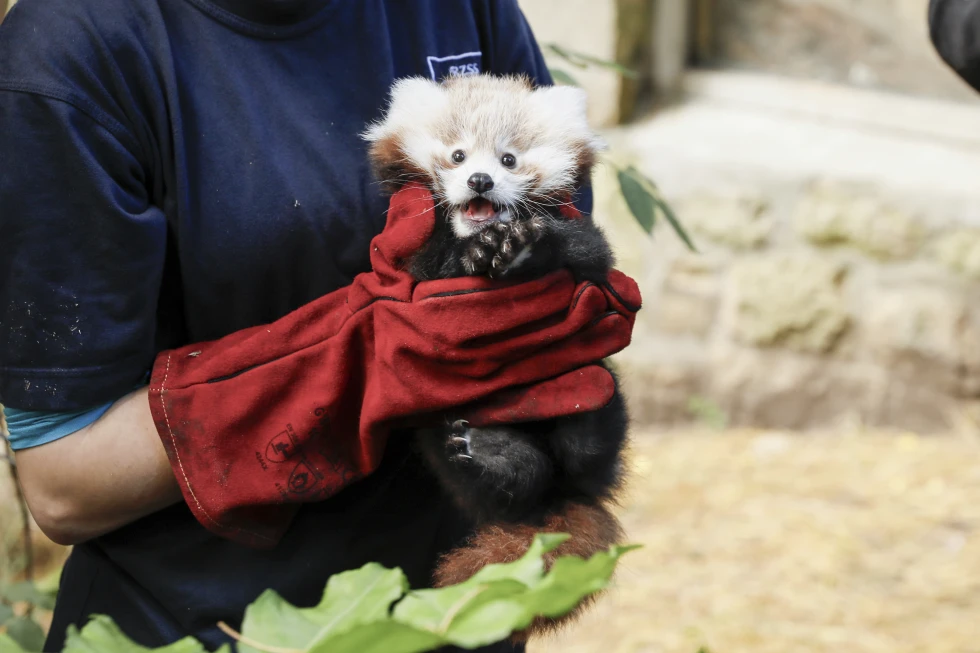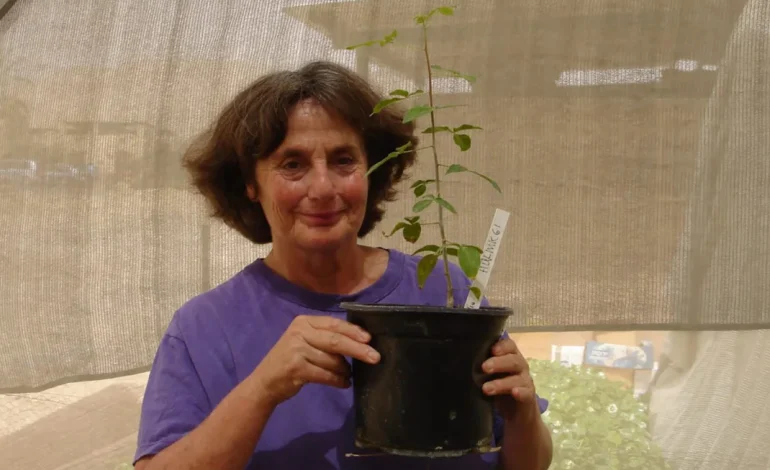Botanists have achieved a remarkable feat, bringing a long-lost tree species back to life from a 1,000-year-old seed unearthed in the Judean Desert, CNN reports.
This ancient seed, discovered during an archaeological dig in the 1980s, has been identified as belonging to an extinct species potentially linked to the “tsori,” a medicinal plant mentioned in the Bible and other ancient texts.
The research, led by Dr. Sarah Sallon of the Louis L. Borick Natural Medicine Research Center at Hadassah University Medical Center, began over a decade ago when the team planted the seed. The seed, nicknamed “Sheba,” germinated successfully, revealing a remarkable tale of survival and scientific advancement.
Dr. Sallon, who has previously led groundbreaking research on 2,000-year-old date palm seeds, employed similar techniques to revive the ancient tree. Radiocarbon dating confirmed the seed’s age, placing it between AD 993 and 1202. The tree, now over 14 years old and standing at nearly 10 feet tall, has intrigued botanists worldwide.
Initial analysis suggested the tree belonged to the genus Commiphora, a group of trees found in Africa, Madagascar, and the Arabian Peninsula. However, further DNA analysis revealed that “Sheba” did not match any known Commiphora species, suggesting it represents a unique, extinct taxon native to the Judean Desert.
The discovery has sparked excitement, especially due to Dr. Sallon’s hunch that the tree could be the source of the ancient “Judean Balsam” or “Balm of Gilead.” This fragrant resin, prized for its perfume and medicinal properties, was once a valuable commodity exported globally.
While the tree, related to the myrrh tree, has not yet produced any scent, the team is continuing to research its potential. The tree’s unique genetic fingerprint and its historical context offer valuable insights into ancient ecosystems and medicinal practices.









